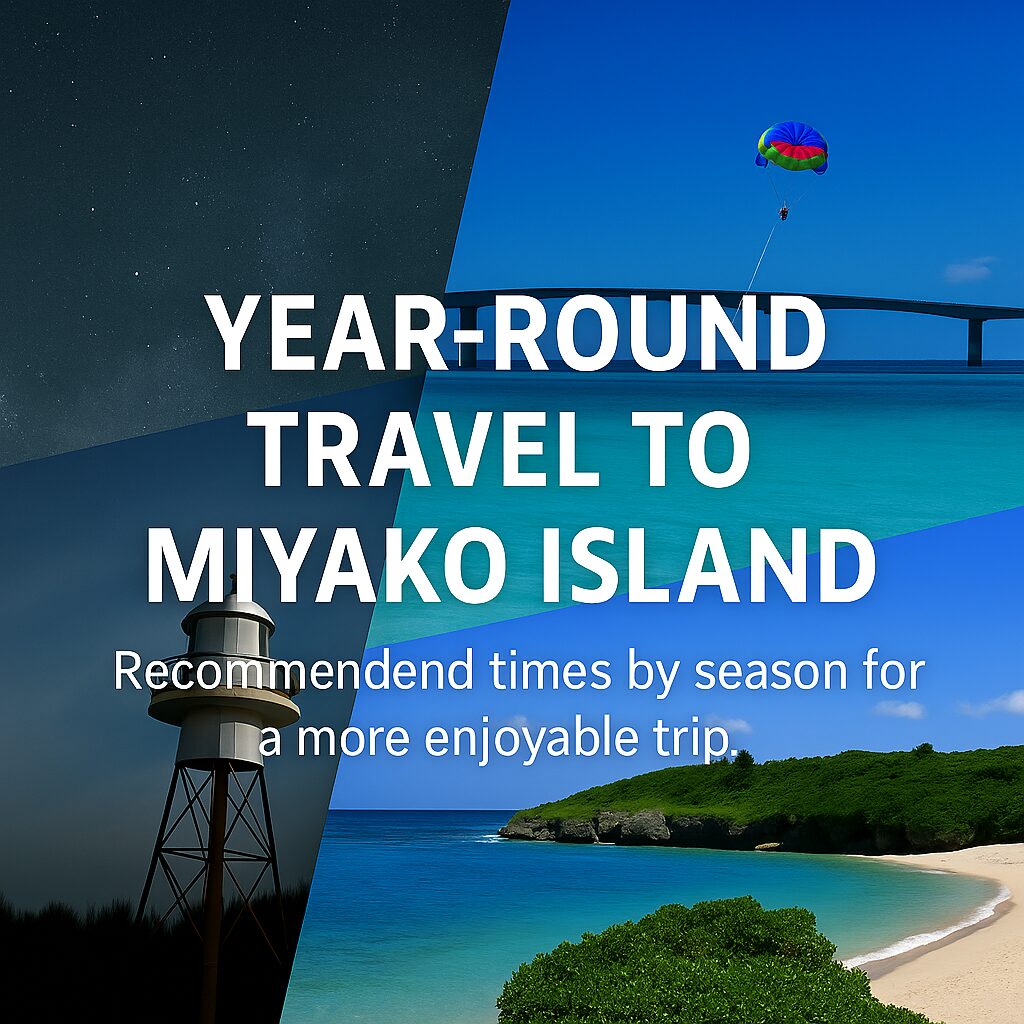
Miyakojima is a tropical paradise known for its warm climate throughout the year. However, the weather and temperatures vary with the seasons, and the best way to enjoy the island can differ depending on when you visit. Below, we’ll introduce the advantages and disadvantages of each season, as well as the best times to visit depending on your travel goals.
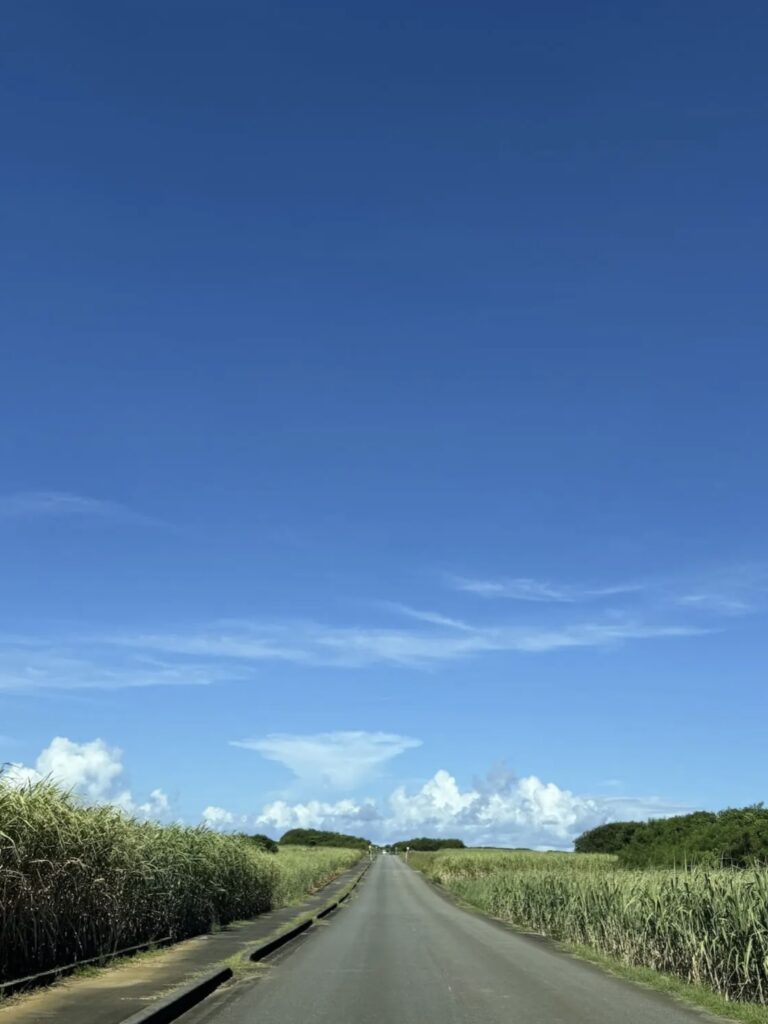
Climate of Miyakojima
- January to February: Winter in Miyakojima is marked by strong northern winds, making it feel colder than the actual temperature. There are also fewer hours of sunlight and more days with cloudy or rainy weather.
- Rainy Season (May to June): The rainy season arrives earlier than in mainland Japan. While it’s called the rainy season, the total rainfall is not particularly high.
- Summer (July to September): Expect many sunny days, but also occasional brief, intense downpours known as squalls. This is also typhoon season, so travelers should be mindful of weather changes, even though typhoon paths have shifted in recent years.
Pros and Cons by Season
Spring (March to May)
- Pros: Pleasant temperatures and stable weather. Fewer tourists than in summer, allowing for a more relaxed experience.
- Cons: Rainy days may increase as the rainy season approaches.
Summer (June to September)
- Pros: The best time for swimming and marine sports. Plenty of sunshine and perfect for enjoying the beautiful ocean.
- Cons: Risk of typhoons and sudden weather changes. Also, the peak travel season means higher costs and more crowds.
Autumn (October to November)
- Pros: Comfortable weather with stable conditions. Ideal for sightseeing without the summer heat. Fewer tourists.
- Cons: Shorter daylight hours as winter approaches.
Winter (December to February)
- Pros: Fewer tourists and lower travel costs. Recommended for those seeking peace and quiet.
- Cons: Strong northern winds can make it feel chilly. More days with overcast or rainy weather.

Best Season by Travel Purpose
Best Season for Marine Activities
Miyakojima is famous for some of the clearest waters in Okinawa, attracting many who want to enjoy its tropical seas.
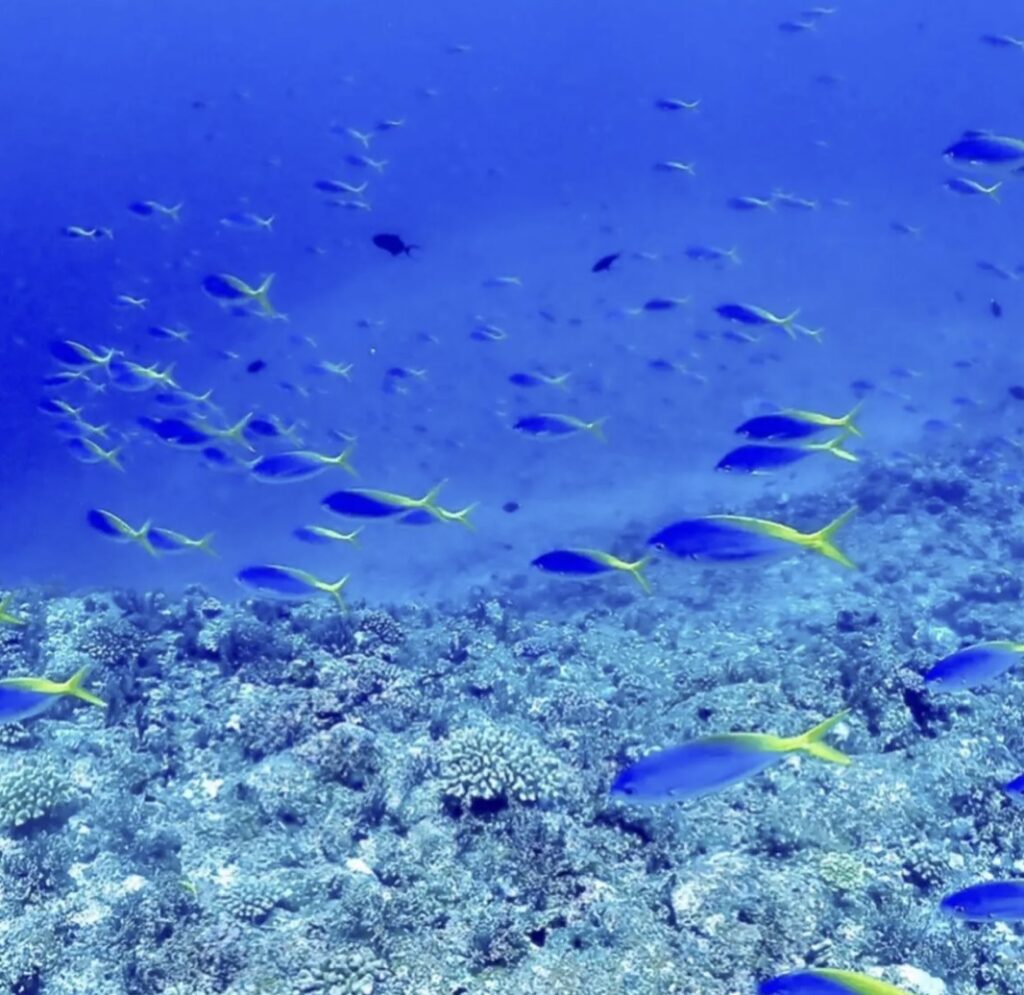
- Swimming: Although the official beach season starts in early April, the water is still cold. Late May to October is ideal, with water temperatures above 25°C, making it safe and enjoyable even for children. Snorkeling is also great during this time.
- Diving: Scuba diving can be enjoyed year-round. In summer, you can explore coral reefs and tropical fish, while in winter, the water is exceptionally clear and ideal for exploring famous underwater terrain.
- Banana Boat & Jet Skiing: Best enjoyed from May to October. These activities are often unavailable during the off-season.
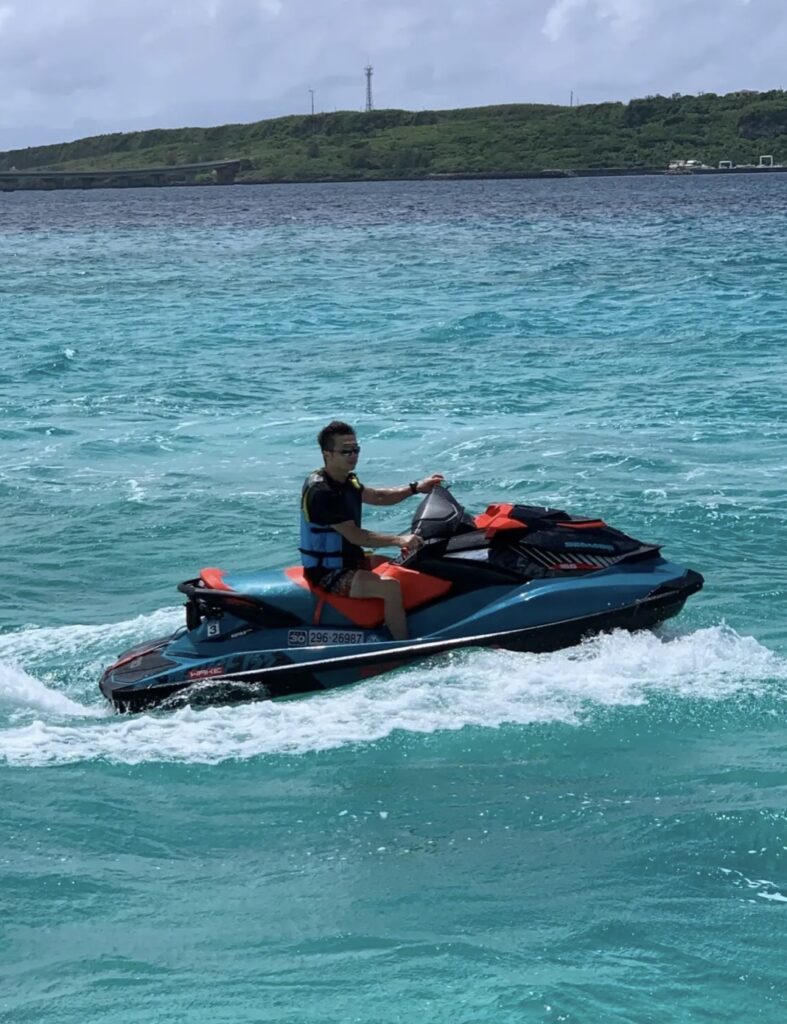
Best Season for Sightseeing
Miyakojima is full of scenic spots. Even if you’re not swimming, the landscape is best enjoyed between April and October. October is particularly recommended, as it avoids the peak summer heat. Historical site tours can also be enjoyed during spring, autumn, and even winter.
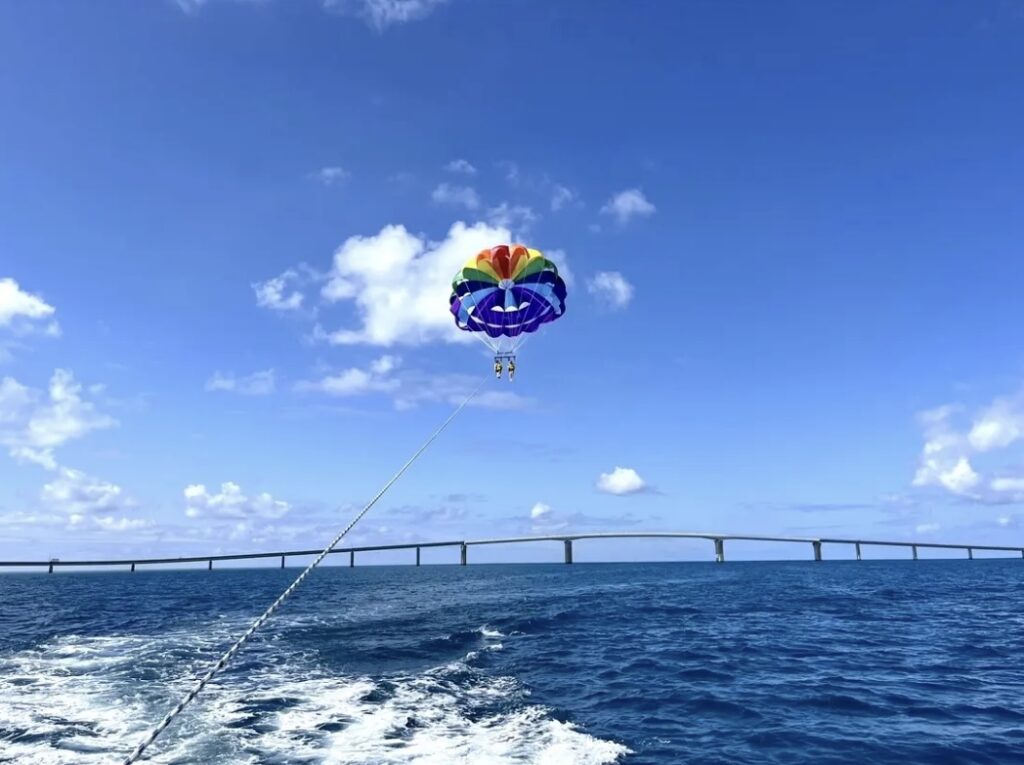
Best Season for Stargazing
Miyakojima isn’t just about stunning seas – it also offers incredible starry skies.
- The Milky Way is visible from June to November.
- The Southern Cross can be observed between April and June.
Best Season for Local Food
Sampling local delicacies is one of the joys of travel. Here’s when to enjoy Miyakojima’s seasonal ingredients:
- Spring: Island bananas (Feb–May), Mozuku seaweed (available year-round, best in April)
- Summer: Passion fruit (May–July), Snack pineapples (May–July), Mangoes (July–Sept)
- Autumn: Dragon fruit (July–Nov), Kuruma shrimp (Nov–Mar)
- Winter: Winter melons (Nov–Feb), Island shallots (Dec–Feb)
- Available year-round: Miyako soba, Miyako beef, American-style burgers, Taco rice, Tuna, Bonito, Goat soup, Okinawan oden
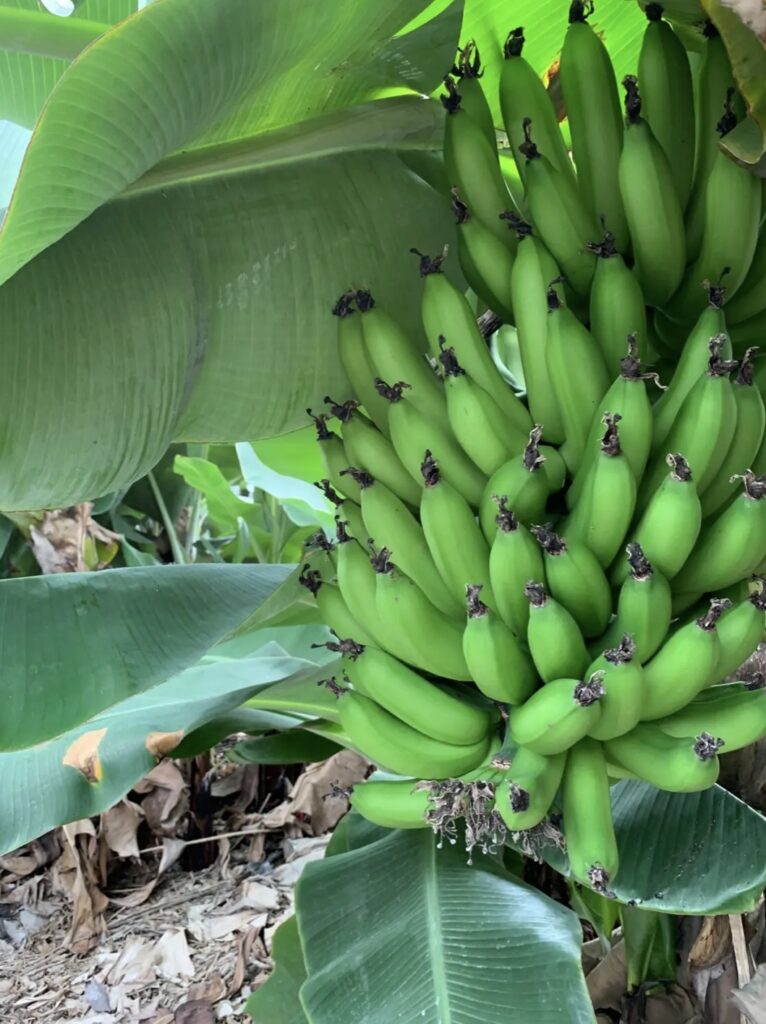
Budget-Friendly Travel
- Late January: After the New Year holidays, prices and crowds settle down.
- June & November: These months offer favorable weather and fewer tourists, allowing for a comfortable and affordable trip.
Conclusion
Miyakojima offers something special in every season. Depending on your purpose and budget, you can choose the ideal time to visit. For marine sports, summer is best; for relaxed sightseeing, spring and autumn are ideal. If you’re looking to save money, consider traveling in winter or during the off-season.
Before your trip, be sure to check the latest weather and typhoon information to ensure a safe and comfortable journey.







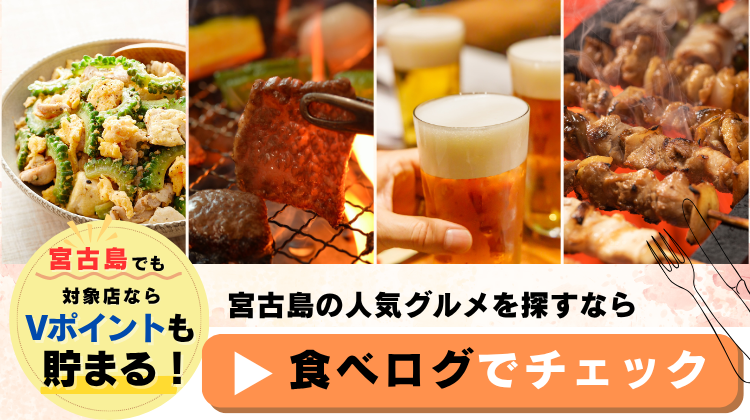
最近のコメント